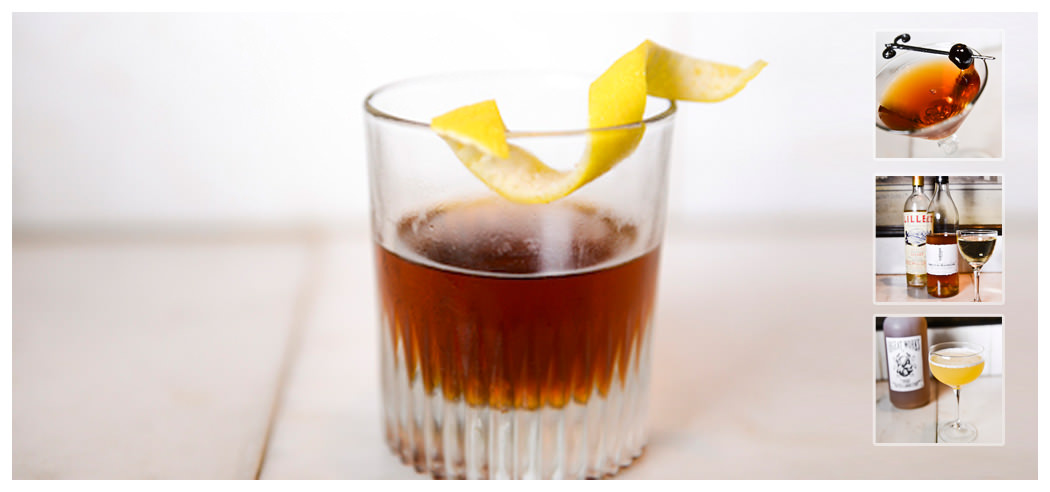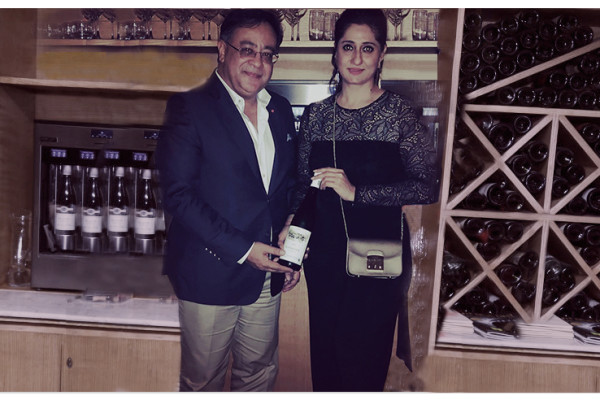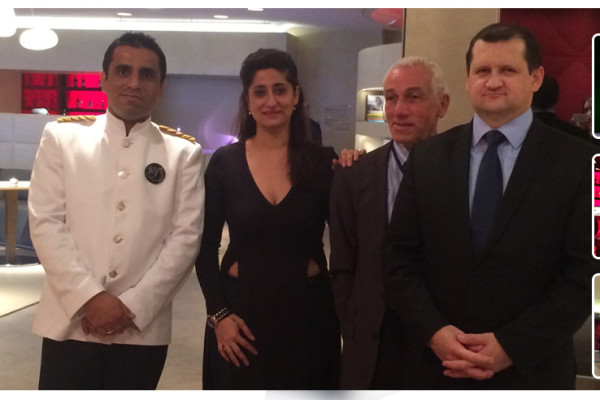
CORPSE REVIVER #1 (JACKSON CANNON)

The Corpse Reviver #2 is one of the prime second-act successes of the cocktail renaissance. There isn’t a respectable cocktail joint in the 50 states that doesn’t now know how to make this delicious gin-based drink drawn from the Savoy Cocktail Book. But what of the still-neglected Corpse Reviver #1, which gets next to no mixologist love? Jackson Cannon of Boston’s Eastern Standard and The Hawthorne thinks it is undeservedly overshadowed by its younger brother.
Recipe: Corpse Reviver #1
1 ounce Pierre Ferrand 1840 Cognac
1 ounce Daron Calvados
1 ounce Carpano Antica sweet vermouth
3 drops Angostura bitters
Stir over ice, strain into a chilled cocktail glass and garnish with a brandied cherry.
DANDY COCKTAIL (ERIK ELLESTAD)

One thing this archeological exercise proved is that bartenders remain faithful to the Savoy Cocktail Book, which was published in 1930 by London barman Harry Craddock. Four of the seven cocktails nominated for wider fame came from the influential volume—including the Dandy Cocktail. This is the recommendation of Erik Ellestad, who has spent a good chunk of career studying the manual. (He’s the author of the Savoy Stomp blog, in which he picks his way through the book, one drink at a time.)
Recipe: Dandy Cocktail
1½ ounces rye whiskey
1½ ounces Dubonnet Rouge
1 dash Angostura bitters
1 teaspoon Cointreau
1 piece orange peel
1 piece lemon peel
Measure ingredients into mixing glass, express peels, and drop in. Fill with ice. Stir until well chilled and strain into a chilled cocktail glass. Serve without a garnish.
WARDAY’S COCKTAIL (ERYN REECE)

Eryn Reece, head bartender of New York’s Death & Co., also discovered lost gold in the pages of the Savoy. The cocktail she’d like to see ordered by more patrons is an herbaceous, yet elegant blend of gin, Calvados, sweet vermouth, and Chartreuse.
Recipe: Warday’s Cocktail
1 ounce Beefeater gin
1 ounce Busnel Calvados
¾ ounce Carpano Antica sweet vermouth
¼ ounce Yellow Chartreuse
Stir over ice, strain into a cocktail coupe. Express a lemon peel over the drink, then discard.
SELF-STARTER COCKTAIL (JAMIE BOUDREAU)

Another Craddock relic, the Self-Starter Cocktail, has had a tough time getting a jump-start in modern drink circles. That, says Jamie Boudreau, owner of Seattle’s Canon, is a shame.
Recipe: Self-Starter Cocktail
1½ ounces gin
¾ ounce Lillet blanc
¼ ounce Giffard apricot liqueur
Absinthe rinse
Stir all ingredients, except absinthe, in an ice-filled mixing glass. Rinse a chilled cocktail glass with absinthe. Strain contents of mixing glass into the absinthe-rinsed glass
HORSEFEATHER (RYAN MAYBEE)

Recipe: Horsefeather
1½ ounces Rye or Blended Whiskey
3-4 dashes Angostura bitters
Ginger beer
Squeeze of lemon
Build in Collins glass over ice. Add a squeeze of lemon over the top.
ADONIS (ABIGAIL GULLO)

This simple mix of sherry and vermouth arguably doesn’t belong on this list. It is a demi-classic of a kind, and—amid the current sherry revival in bars—is winning increased traction among mixologists and drinkers. That said, I still rarely see it on cocktail lists. And recently an order of an Adonis from a knowledgable bartender won me a blank stare. So I’m giving it the nod for inclusion in this story.The suggestion comes from Abigail Gullo of New Orleans’ Sobou bar and restaurant. “I am a big fan of the Adonis,” she said. “I know sherry cocktails have been having a moment for a while, but the clean simplicity of the half-and-half mix of sweet vermouth with fino sherry and orange bitters is so elegant and sexy. I mean how sexy is it to say, ‘I’ll have an Adonis’? I think it’s the sexiest thing any guy could order from me as well.”
Recipe: Adonis
1½ ounces fino sherry
1½ ounces sweet vermouth
Two dash of orange bitters
Stir ingredients in mixing glass; serve up in a chilled cocktail glass, garnished with a twist of lemon.
CAMERON’S KICK (ROBERT SIMONSON)

This wonderful cocktail was first printed in Harry McElhone’s “ABC of Mixing Cocktails” in 1922. McElhone was the barman and owner of Harry’s New York Bar, the famed Paris expatriate watering hole, during Prohibition and beyond. Many famous cocktails have been credited to the bar. Cameron’s Kick is not one of them. But it ought to be better known than it is (that is to say, known at all).What we have here is basically a Whiskey Sour, set apart by a mix of blended Scotch and Irish whiskey and, more significantly, orgeat as the sweetener. Orgeat (almond syrup) is a magical elixir. It can transport a simple recipe into a more exotic realm. Typically associated with tiki drinks (it’s a key ingredient in the Mai Tai), it’s rarely employed otherwise. This is one of the more felicitous applications of it I’ve ever encountered, and a lot simpler to construct than any Polynesian concoction. (Other light-bodied blended Scotches and Irish whiskeys work within the template as well, so play around with the brands if you like. You can also reduce the amount of lemon juice to ½ ounce if you find the result too tart.)
Recipe: Cameron’s Kick
1 oz. Famous Grouse Blended Scotch Whisky
1 oz. Kilbeggen Irish Whiskey
¾ oz. lemon juice
½ oz. Tiki Adam’s Orgeat syrup
Place all ingredients into a cocktail shaker filled with ice. Shake vigorously, then strain into a chilled coupe. No garnish.
The Loner

Robert Simonson writes about bars, cocktails and spirits for the New York Times. His book, The Old-Fashioned: The Story of the World’s First Classic Cocktail, was published by Ten Speed in May.




